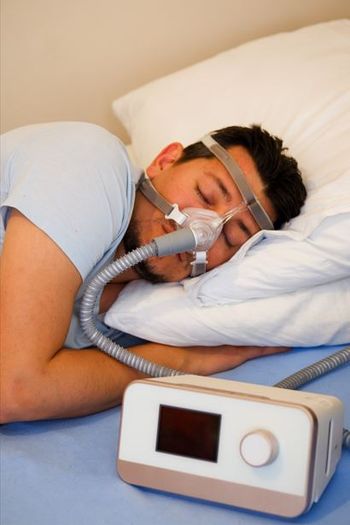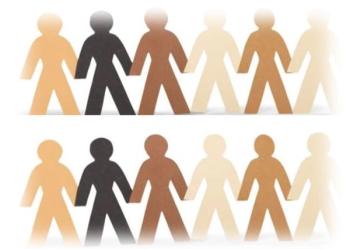
ASA: Stroke Symptoms in Women Often Atypical
SAN FRANCISCO -- Women do not always show textbook examples of stroke symptoms to emergency department physicians, researchers said here.
SAN FRANCISCO, Feb. 8 -- Women do not always show textbook examples of stroke symptoms to emergency department physicians, researchers said here.
In a study of more than 1,700 patients with confirmed stroke, women were 33% less likely than men to have any of the five classical warning signs as the chief complaint, said Julia W. Gargano, M.S., of Michigan State University in East Lansing.
Women also showed significant differences in some of the traditional symptoms, she reported at the American Stroke Association meeting. For instance, they were 40% less likely than men to report difficulty with walking and balance or coordination and dizziness and 20% less likely to report trouble seeing.
If the chief complaint does not look like stroke to the triage nurse, she is less likely to fast track women to brain imaging, which risks missing the critical window for treatment with the thrombolytic Activase (tPA, alteplase), Gargano said.
"We think that these differences between males and females in describing their complaint may help to explain treatment delays that we are seeing among female stroke patients in the emergency department," she said.
These findings are consistent with what has been seen for myocardial infarction in differences in symptom complaints, said Virginia J. Howard, M.S.P.H., of the University of Alabama in Birmingham, who commented on the study.
The investigators looked at chief complaints recorded in a state-wide stroke registry by triage nurses for 1,724 patients who presented to an emergency department and were ultimately confirmed to have stroke. The registry included 16 centers ranging from large, urban teaching hospitals to rural, community hospitals.
Significantly more women than men reported none of the five traditional American Stroke Association stroke symptoms (15% versus 10%, odds ratio 1.49, 95% confidence interval 1.19 to 1.85).
The most common of these complaints were:
- Loss of consciousness or fainting (88 patients, 60% women),
- Respiratory complaints (65 patients, 58% women),
- Falls or accidents (32 patients, 63% women),
- Pain (30 patients, 70% women), and
- Seizure (12 patients, 58% women).
For the typical ASA stroke warning signs, they found:
- Sudden numbness or weakness of the face, arm or leg was described as often by women as by men (56% versus 58%, OR 0.95, 95% CI 0.77 to 1.17).
- Sudden confusion, trouble speaking or understanding was reported equally by women and men (33% versus 31%, OR 0.96, 95% CI 0.74 to 1.24).
- Sudden trouble seeing in one or both eyes tended to be described less frequently by women than by men (4% versus 6%, OR 0.78, 95% CI 0.60 to 1.01).
- Sudden trouble walking, dizziness, loss of balance or coordination was reported significantly less often by women than by men (11% versus 16%, OR 0.60, 95% CI 0.50 to 0.73).
- Sudden, severe headache with no known cause was equally reported by men and women (9% each, OR 1.23, 95% CI 1.19 to 1.85).
The researchers said that while the findings may affect triage, patients would likely still have the same clinical findings when examined by a physician.
"It's important to note that these differences affect a relatively small number of people but they may nevertheless impact care," Gargano said.
Dr. Howard said further study will be needed to elucidate the reason for the differences though the researchers said it could be biology, communication, or even living circumstances.
"This is a very important first pass," Dr. Howard but added, "There's more to this."
However, these findings do not justify altering traditional stroke warning signs, said Dawn Kleindorfer, M.D., of the University of Cincinnati, who also commented on the study.
"People don't remember the main symptoms, so teach the ones with the highest yield," she said.
Newsletter
Enhance your clinical practice with the Patient Care newsletter, offering the latest evidence-based guidelines, diagnostic insights, and treatment strategies for primary care physicians.




























































































































































































































































































